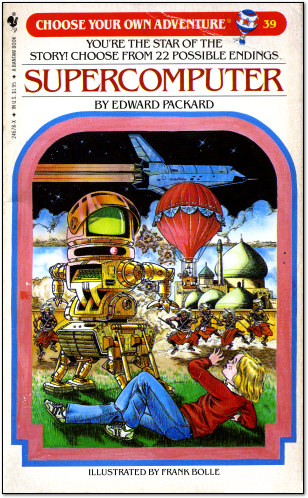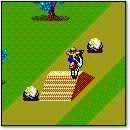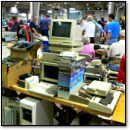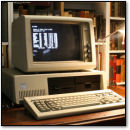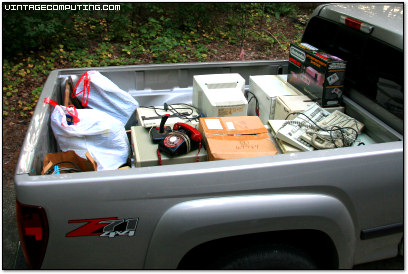
I should be ashamed of myself. I do so much vintage stuff every week, but I’m usually too lazy to tell you guys about it — and I run a blog called Vintage Computing and Gaming. Well, maybe I can do more quick updates on my activities in the future. Here’s the first.
A few months ago, I visited a family friend’s house. She was cleaning out her attic, and I had long since promised to help her get rid of the numerous dusty computers her late husband had collected.
I came home with seven machines, including an Apple IIc and an old Compaq bearing a Post-It Note warning: “Do not get on this computer.” The note backfired, of course, as it insured that I would be getting on it post-haste.
Once atop the slumbering beast — some five inches off the ground — I booted the machine. Therein, I found a sluggish, hobbled-by-its-own-nature install of Windows ME and no less than 86 virii (this is not an exaggeration) intertwined with every facet of the operating system. As per my promise to the former owner, I formatted the drive with extreme prejudice.
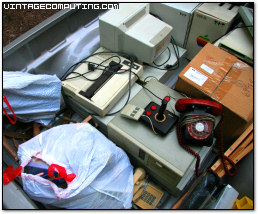 Chief among the other spoils were a NES Action Set in a near-mint box; the aforementioned Apple IIc’s original box with all documentation; an Apple IIc color monitor and monitor stand, both in box; various boxed Apple II and PC software; a box; six PC clones of various vintage between an AT-class machine and Pentium stuff (no boxes to be seen); and an awesome, non-boxy Model 500 rotary telephone in stylish red and black.
Chief among the other spoils were a NES Action Set in a near-mint box; the aforementioned Apple IIc’s original box with all documentation; an Apple IIc color monitor and monitor stand, both in box; various boxed Apple II and PC software; a box; six PC clones of various vintage between an AT-class machine and Pentium stuff (no boxes to be seen); and an awesome, non-boxy Model 500 rotary telephone in stylish red and black.
Above all else, the equipment carried with it a priceless nostalgic element: I had watched my brother’s best friend use most of these items when I was a kid, so it was very familiar to me.
What you see in the back of the truck above would have met death-by-dumpster had I not gallantly rushed in to save it. Of course, now it’s cluttering up my house instead of hers. Despite the nostalgia rush, I’m starting to think our family friend got the better end of the deal.
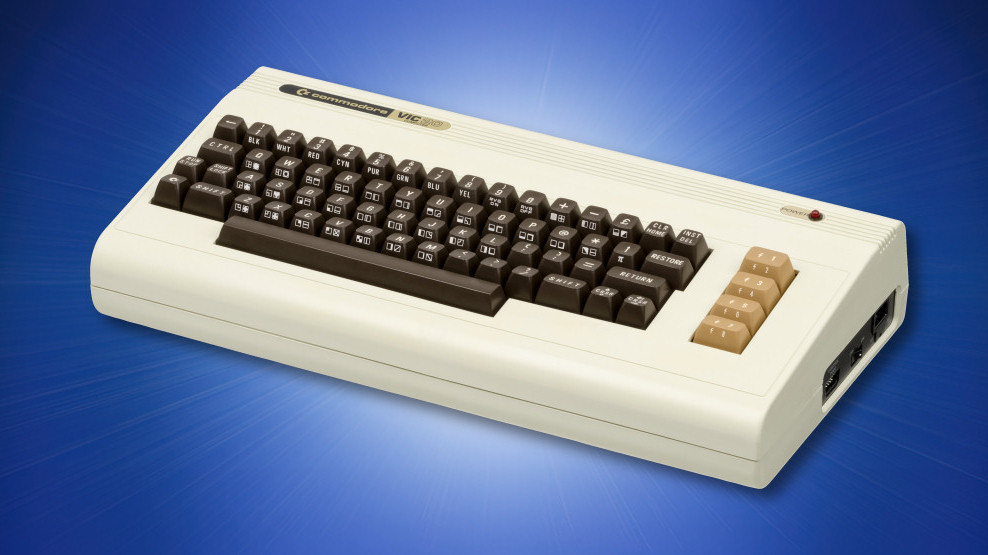
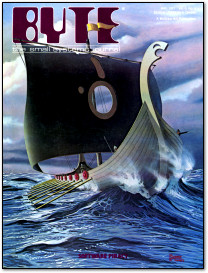
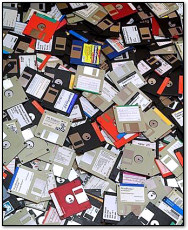 Here’s a question for my intrepid readers: Do you collect software? Operating systems, applications, computer games, or even image or sound files? If so, do you have a focus for your collection? How do you store it?
Here’s a question for my intrepid readers: Do you collect software? Operating systems, applications, computer games, or even image or sound files? If so, do you have a focus for your collection? How do you store it?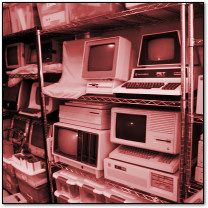 [ Memory Dump is an irregular series wherein Benj dives into his garage, pulls out a random technological artifact, and describes what he knows about it for your entertainment. ]
[ Memory Dump is an irregular series wherein Benj dives into his garage, pulls out a random technological artifact, and describes what he knows about it for your entertainment. ]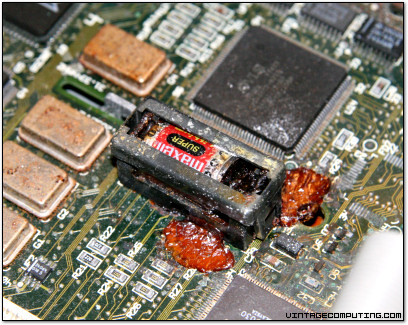
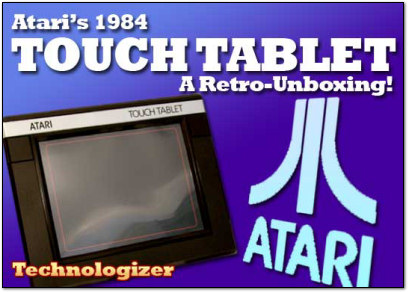


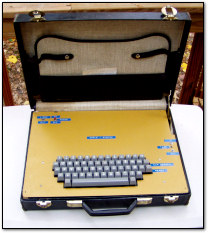
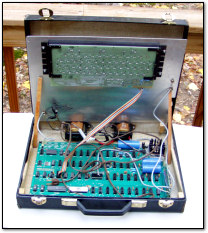
 How rare? Well, various sources on the net say that about 200 units of Apple’s first computer were produced, and perhaps 30-50 survive to this day. To find out the truth behind these numbers, I checked with the designer of the Apple I himself, Steve Wozniak. But first, it’s time for a little history.
How rare? Well, various sources on the net say that about 200 units of Apple’s first computer were produced, and perhaps 30-50 survive to this day. To find out the truth behind these numbers, I checked with the designer of the Apple I himself, Steve Wozniak. But first, it’s time for a little history.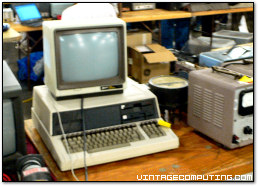 A couple weekends ago, I made the requisite annual trek to
A couple weekends ago, I made the requisite annual trek to 